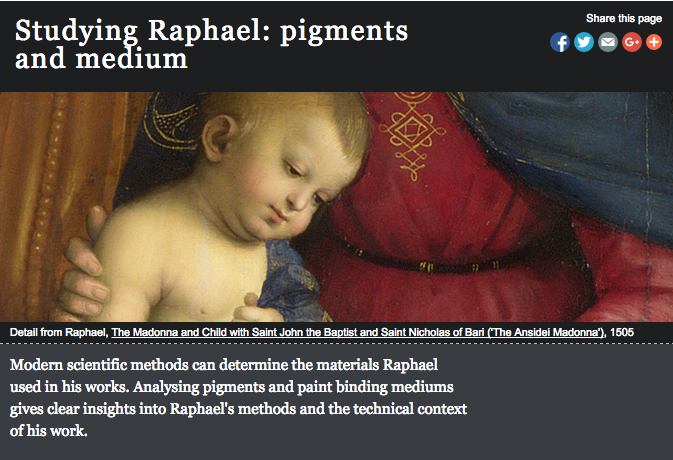
Walnut Oil, Linseed Oil and Common Sense
Raphael painted with Walnut Oil.
Raphael’s “Ansidei Madonna” examined by The National Gallery London, “using an advanced technique called gas chromatography linked to mass spectrometry (GC-MS)” reveals that the painting was executed in Walnut Oil.
http://www.nationalgallery.org.uk/paintings/research/pigments-and-medium
“The drying oils most frequently encountered in both the 16th and 17th century paintings are linseed and walnut” (Raymond White, Jennifer Pic “Analysis of Painting Media” National Gallery Technical Bulletin Vol. 17 1996).
Of the four main oils found in artists colors today, only two have more than a 400 year history of wide spread, common use in paintings: walnut and linseed. Both have exhibited a comparative and relatively high degree of permanence and have been used interchangeably for centuries.
As Giorgio Vasari wrote in 1550 “grind the colors with walnut or linseed oil, though walnut oil is better because it yellows less with time”. (Italian 1511-1574-Painter, architect, writer and historian.)
During the 16th and 17th century it was common practice to execute portions of a painting, where color retention was unimportant, with linseed oil. We therefore find its presence in browns, blacks and other colors where the yellowing of the oil did not matter. Wherever color retention was required (passages of white or blue) or where the painting was executed in a chromatically intense high key, such as the “Ansidei Madonna”, we find walnut oil.
Simply put: when artists required their color to be brilliant, intense and resistant to yellowing, they used walnut oil and for over 400 years, the paintings have survived.


